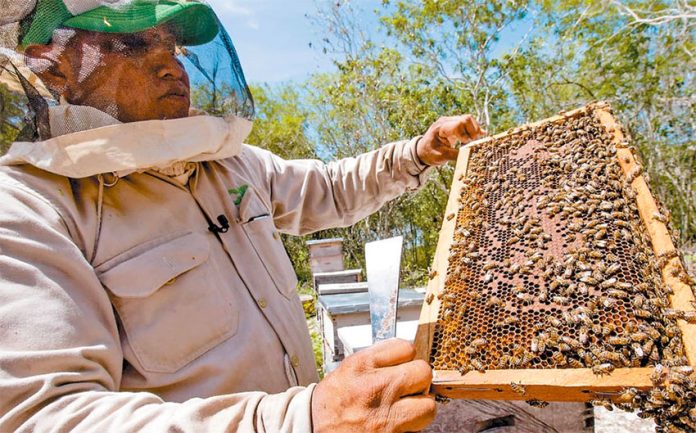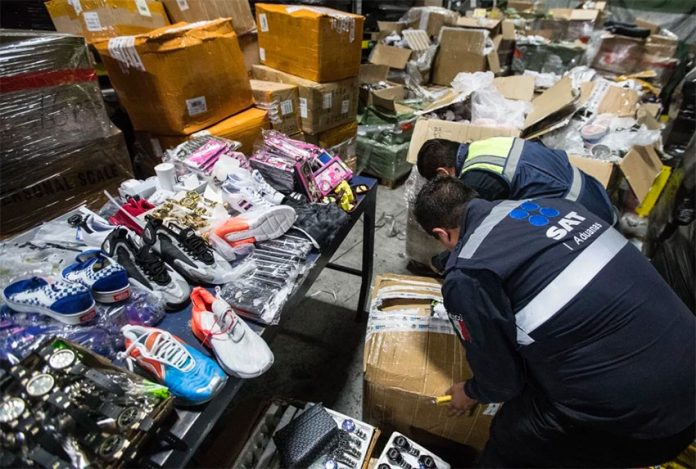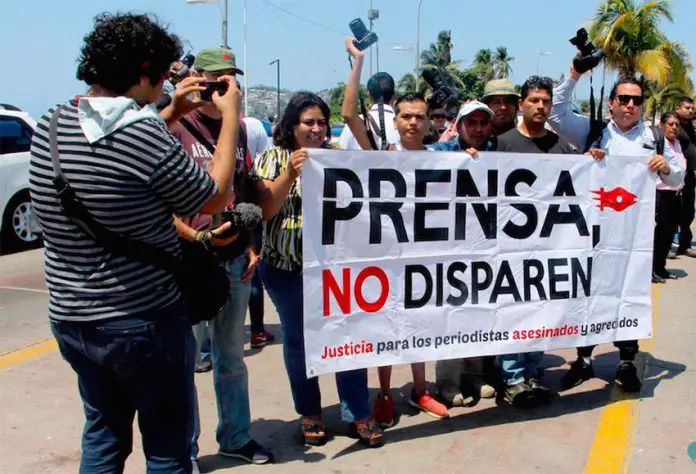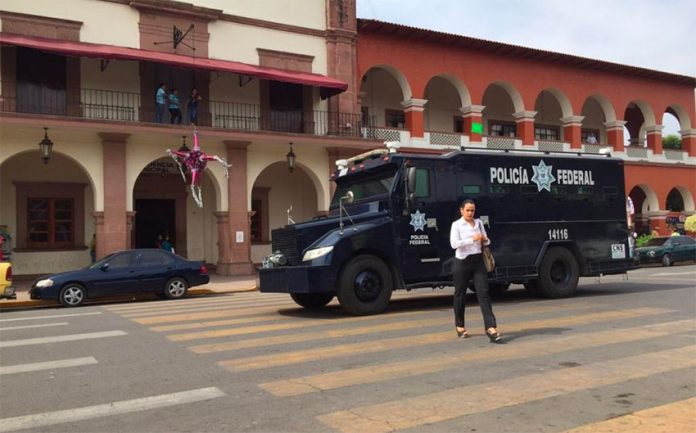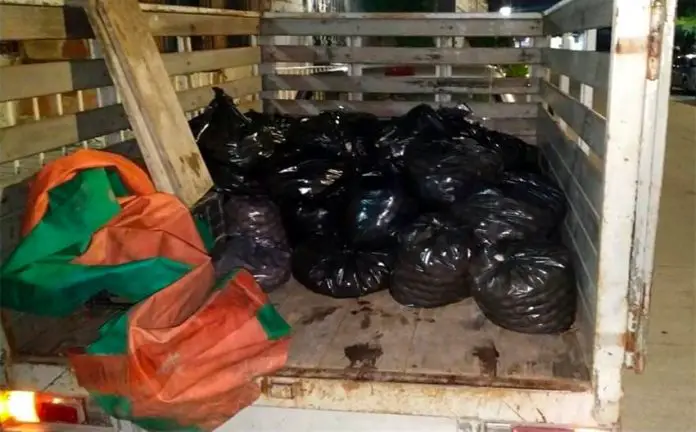Economic growth came to a standstill in the second quarter, according to revised data released on Friday, meaning that Mexico avoided a technical recession by an even narrower margin than previously thought.
The statistics agency Inegi said that growth was 0.0% between April and June. Preliminary figures released at the end of July showed that the economy had grown by 0.1%.
Weaker GDP figures for the industrial sector than those previously reported were responsible for the downward adjustment.
Growth figures for the first quarter of the year were also revised downward by 0.1%, meaning that the economy contracted by 0.3%, and not 0.2% as previously reported.
Economists generally define a technical recession as two consecutive quarters of negative growth.
However, the chief Latin America economist for Credit Suisse said the terminology used to describe the economy was of little importance.
“. . . The last three quarters have had variations of +0.1% [growth], -0.3% and 0.0%. Let’s forget about whether it’s called a technical recession or not. This economy has now been stagnant for a long time,” Alonso Cervera wrote on Twitter.
Asked about the latest data this morning, President López Obrador said he wasn’t overly worried.
“We’re concerned about growth, but we’re more concerned about development. Growth is creating wealth and development is creating wealth and distributing that wealth,” he said.
“Now there is growth and better income distribution, people have more purchasing power, most Mexicans. That’s why I’m not very concerned about the matter.”
The president maintained that the economy can still grow at 2% this year.
“The growth expectation doesn’t change because we’re going very well, very different to what the experts think . . .” López Obrador said.
Inegi’s latest data increases the likelihood that the Bank of México will cut interest rates for a second successive time when its board meets next month.
The central bank cut rates for the first time in five years this month, citing slowing economic growth and lower inflation.
Source: El Financiero (sp)
